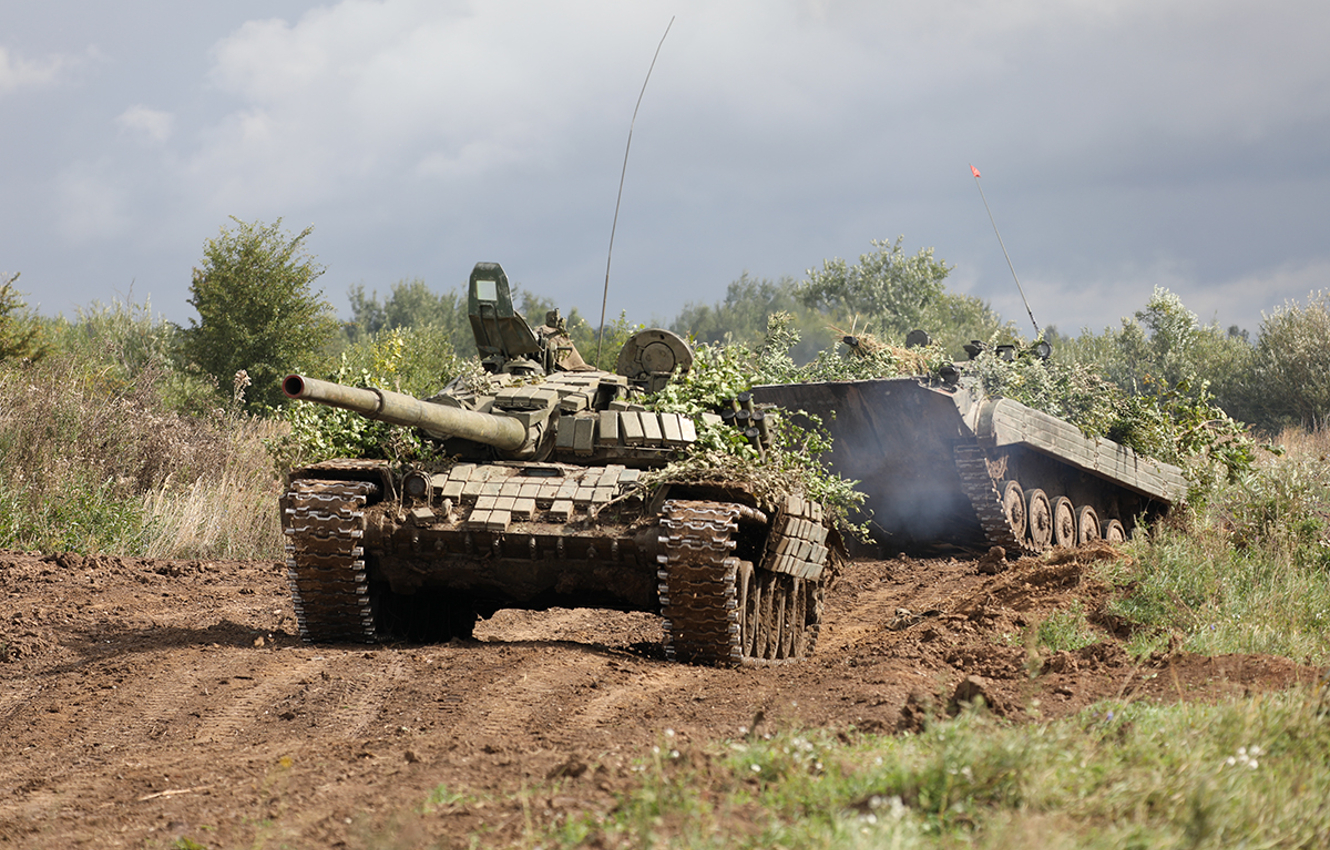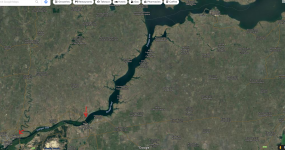I have to say that your appeasement approach is sounding a bit 'Chamberlin', not that I'm wanting/looking for a conflict with Russia, though I enjoy flicking some sand in their eyes whenever its possible.
Get out of here with that slander.
I would love to punch Russian in the face. China too. Accept Ukraine into NATO, ally with Taiwan.
But I realize that the west just doesn't have the will to fight anymore. That's the reality. No leader is willing to risk blood and treasure going up against Russia or China, at least not over a place like Ukraine or Taiwan.
Crimea and Hong Kong were the test runs, and the west did the bare minimum in response. We guaranteed the territorial integrity of Ukraine, but allowed Russia to annex the Crimea. We guaranteed democracy in Hong Kong for 50 years, and stood by and did nothing as China crushed it after 30. What makes you think we would do anything if Russian troops crossed over into Ukraine tomorrow?
Russia and China are willing to use force, we are not, that's the calculus at play. I don't like it, but it is what it is.
Using that calculus, the best case scenario is Ukraine gives Russia what it wants, probably the water supply to the Crimea reestablished. Baring that, we get the worst case scenario, Russia punching Ukraine in the face and reestablishing the water supply itself and having a land corridor to the Russian mainland.
I found this article, not sure if its been posted before, I apologise if it has.
Focuses alot on Russian logistical support, overwhelmingly tied to their railheads (still sound alot like 1914) and then their road system. This is their weak point, smash their railheads and ruthlessly hit their truck transports and it all goes tits up for them.
"Russian forces might reach early objectives, but logistics would impose requirements for operational pauses. As a result, a large land grab is unrealistic as a fait accompli. The Russian army has the combat power to capture the objectives envisioned in a fait accompli scenario, but it does not have the logistic forces to do it in a single push without a logistical pause to reset its sustainment infrastructure."
"drawing the Russian army deep into NATO territory and stretching Russian supply lines to the maximum while targeting logistics and transportation infrastructure such as trucks, railroad bridges, and pipelines."
"Russian army logistics forces are not designed for a large-scale ground offensive far from their railroads. Inside maneuver units, Russian sustainment units are a size lower than their Western counterparts."
"Russia’s truck logistic support, which would be crucial in an invasion of Eastern Europe, is limited by the number of trucks and range of operations. It is possible to calculate how far trucks can operate using simple beer math. Assuming the existing road network can support 45 mph speeds, a single truck can make three trips a day at up to a 45-mile range: One hours to load, one hour to drive to the supported unit, one hours to unload, and another hour to return to base. Repeating this cycle three times equals 12 hours total. The rest of the day is dedicated to truck maintenance, meals, refueling, weapons cleaning, and sleeping. Increase the distance to 90 miles, and the truck can make two trips daily. At 180 miles, the same truck is down to one trip a day. These assumptions won’t work in rough terrain or where there is limited/damaged infrastructure. If an army has just enough trucks to sustain itself at a 45-mile distance, then at 90 miles, the throughput will be 33 percent lower. At 180 miles, it will be down by 66 percent. The further you push from supply dumps, the fewer supplies you can replace in a single day.
The Russian army does not have enough trucks to meet its logistic requirement more than 90 miles beyond supply dumps. To reach a 180-mile range, the Russian army would have to double truck allocation to 400 trucks for each of the material-technical support brigades."
"The Russian army makes heavy use of tube and rocket artillery fire, and rocket ammunition is very bulky. Although each army is different, there are usually 56 to 90 multiple launch rocket system launchers in an army. Replenishing each launcher takes up the entire bed of the truck. If the combined arms army fired a single volley, it would require 56 to 90 trucks just to replenish rocket ammunition. That is about a half of a dry cargo truck force in the material-technical support brigade just to replace one volley of rockets.
Editor's note: Don't miss our comprehensive guide to Russia's war against Ukraine. Russia’s military buildup along the border with Ukraine has
warontherocks.com
This would mean a lot more if they were facing a NATO power backed by the USA.
They are facing Ukraine.







